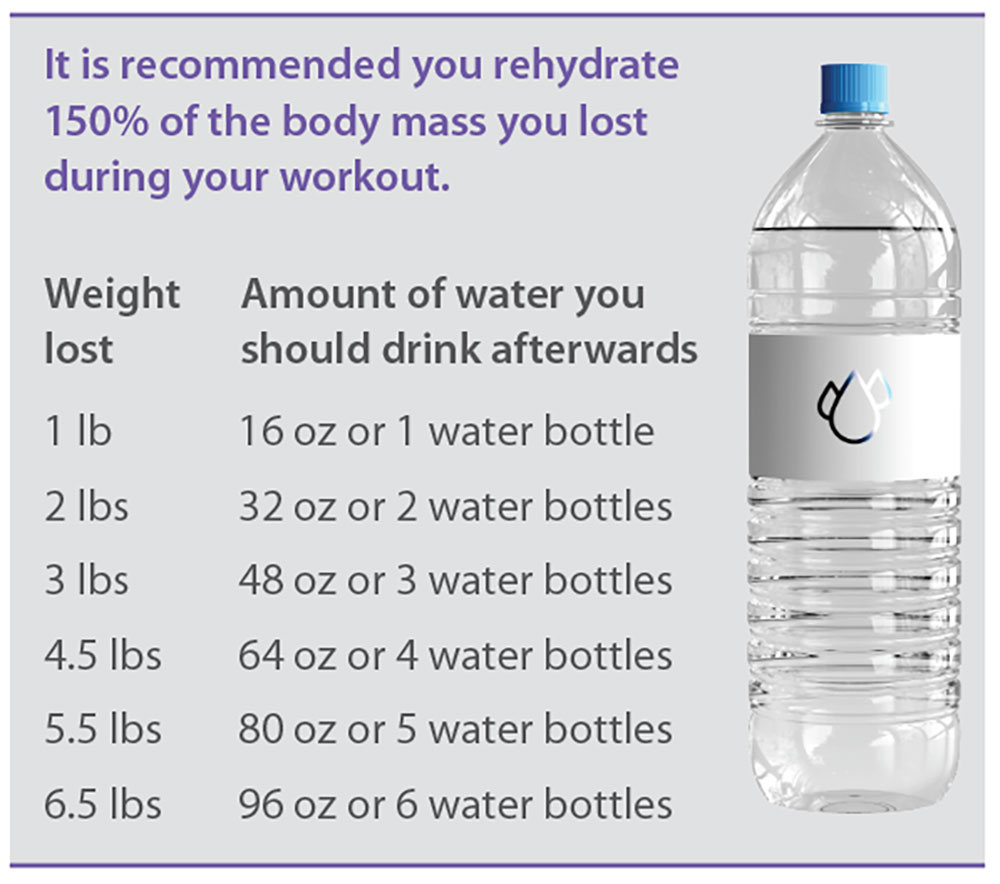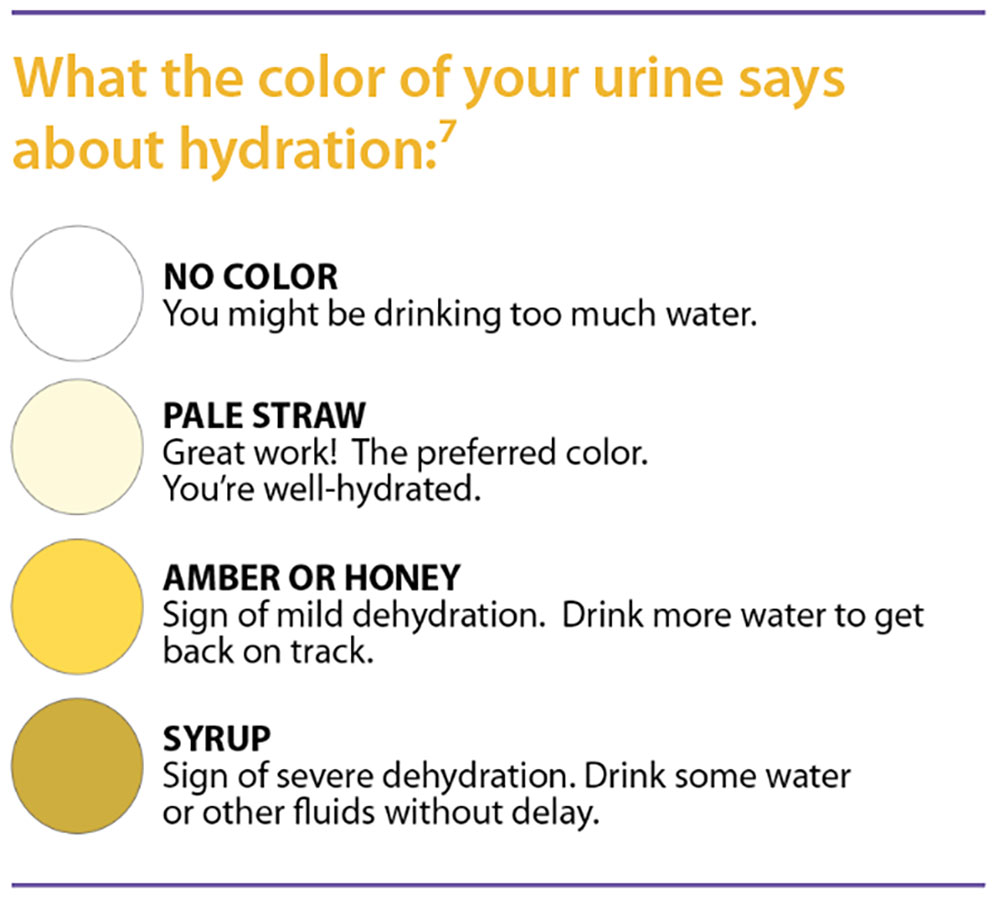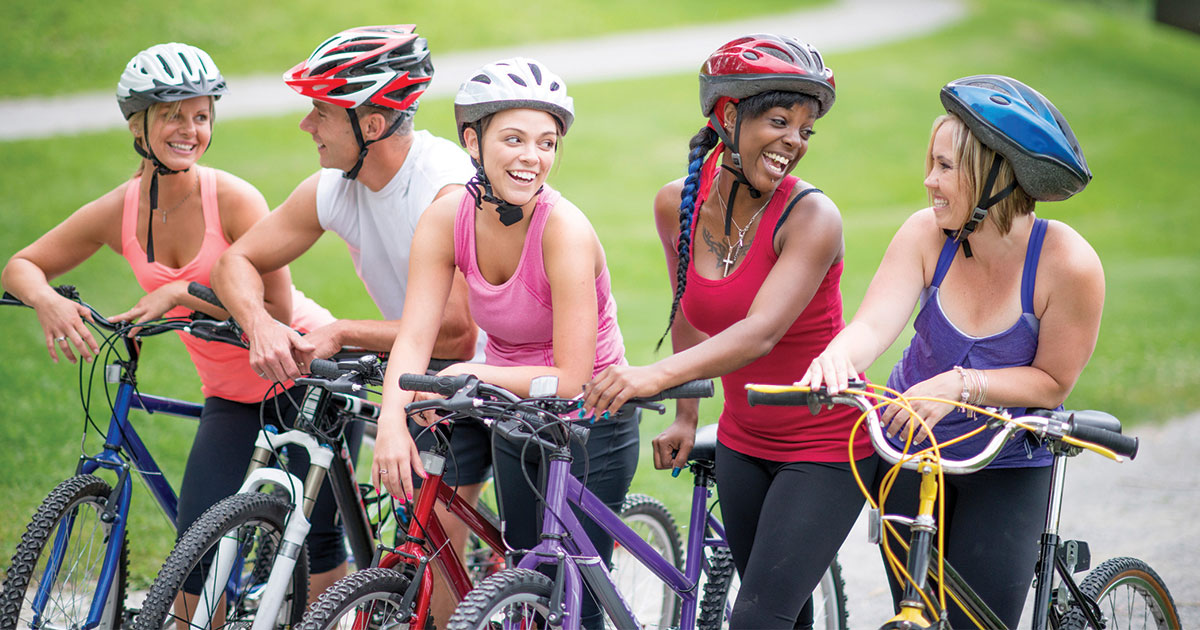As the sun beats down and the temperature rises, it’s important to exercise caution while staying active in hot weather. Exercising in high temperatures can pose risks to your health if proper safety measures are not followed. In this article, we will explore essential tips to ensure your safety while exercising in hot weather and provide credible sources for further information. Let’s dive in!
Time your workouts wisely: Choosing the right time to exercise can make a significant difference in preventing heat-related illnesses. Avoid exercising during the hottest parts of the day, typically between 10 a.m. and 4 p.m. Instead, schedule your workouts for early morning or late evening when temperatures are cooler. Sunrise is generally the coolest time of day, so get up and get out early. It may be more humid, but it is generally still hot at sunset because the ground radiates accumulated heat.1
Hydrate: Staying properly hydrated is crucial during hot weather workouts. Sweating depletes your body’s fluids, so make sure to drink plenty of water before, during, and after your exercise session. Avoid alcoholic and caffeinated beverages as they can contribute to dehydration.2
It is recommended to drink at least eight ounces of liquids prior to heading outside to exercise and 6-8 ounces of fluids every 15 minutes, switching between water and an electrolyte drink. Remember to drink plenty of fluids post-exercise to speed recovery.
Remember to drink water and other fluids throughout the day. Carry a water bottle with you or grab a drink each time you pass a water fountain.
Always have water available. Take a bottle to work, the gym or wherever you are headed, and remember to use it.
Drink up any time you are in the sun. Just being outside can lead to dehydration.
Children and the elderly are more susceptible to dehydration.
Finally don’t rely on thirst as a signal to drink water. Thirst is actually a sign that the body is under stress and by the time you feel thirsty, dehydration has already begun to set in. Other symptoms of dehydration include dry mouth, irritability, headache, weakness, dizziness, cramps, nausea, and fatigue. Even mild dehydration can lead to diminished performance, the elevation of core body temperature, and increased cardiovascular strain.

Acclimatize: It is advisable to gradually build up your tolerance for exercising in warmer conditions.
Wear technical fabrics: Wear lightweight, loose-fitting, and light-colored clothing that allows for proper ventilation and reflects sunlight. Choose fabrics that are breathable and moisture-wicking to help evaporate sweat and keep you cool. Also, wear a visor to keep the sun out of your eyes, not a hat, which traps the heat.3
Slow down: For every 5-degree rise in temperature above 60 degrees F, slow down your activity intensity by 5%.
Listen to your body: Pay attention to your body’s signals during exercise in hot weather. If you feel dizzy, lightheaded, nauseous, or experience rapid heartbeat or muscle cramps, it could be a sign of heat exhaustion. Immediately stop exercising, find shade, and cool down to prevent further complications.⁴
Protect your skin: Sunburn can escalate quickly in hot weather, so it’s essential to protect your skin from harmful UV rays. Apply a broad-spectrum sunscreen with a high SPF before heading outdoors for exercise. Reapply sunscreen every two hours, especially if you’re sweating profusely.⁵
Be realistic: Do not overestimate your level of physical fitness; set realistic exercise goals.
Seek suitable environments: Whenever possible, choose exercise locations with shade or indoor facilities equipped with air conditioning. Exercising in shaded areas helps reduce the impact of direct sunlight, while air-conditioned environments can provide relief from the heat and help regulate your body temperature.⁶

What happens if I feel pain after a workout?
Keep in mind that even when you follow these hot weather exercise tips, some discomfort and muscle soreness is to be expected. If your pain does not resolve within a few days, that is when it’s time to ask for help. Your body may be able to accommodate your pain for a short period, but if left alone, you may begin to experience weakness, a lack of flexibility, and even additional injury if your body moves to avoid the pain by overcompensating with other muscle groups. The sooner you ask for help the better.
Exercising in hot weather can be enjoyable and beneficial, but it’s crucial to prioritize safety. By following these essential tips, you can reduce the risk of heat-related illnesses and ensure a pleasant workout experience. Remember to consult with your healthcare provider before starting or modifying any exercise routine, particularly if you have any underlying health conditions.
©2023HealthSpot References: (1) American Heart Association – Website: https://www.heart.org (2) Mayo Clinic – Website: https://www.mayoclinic.org (3) Centers for Disease Control and Prevention (CDC) – Website: https://www.cdc.gov (4) National Athletic Trainers’ Association (NATA) – Website: https://www.nata.org (5) Skin Cancer Foundation – Website: https://www.skincancer.org (6) National Weather Service – Website: https://www.weather.gov (7) Cleveland Clinic – Website: https://health.clevelandclinic.org

